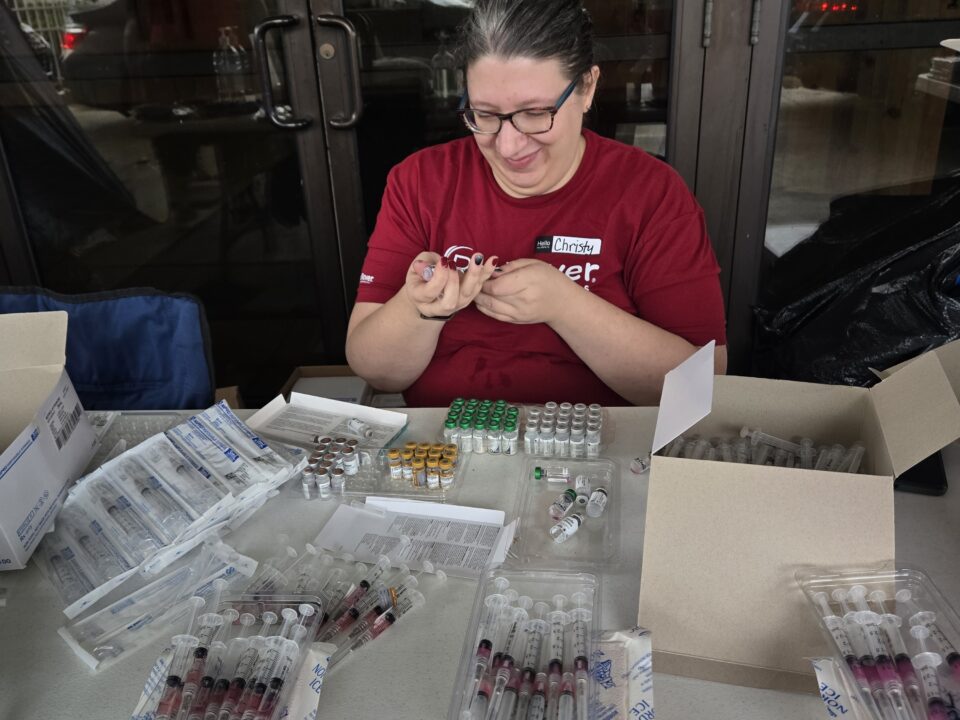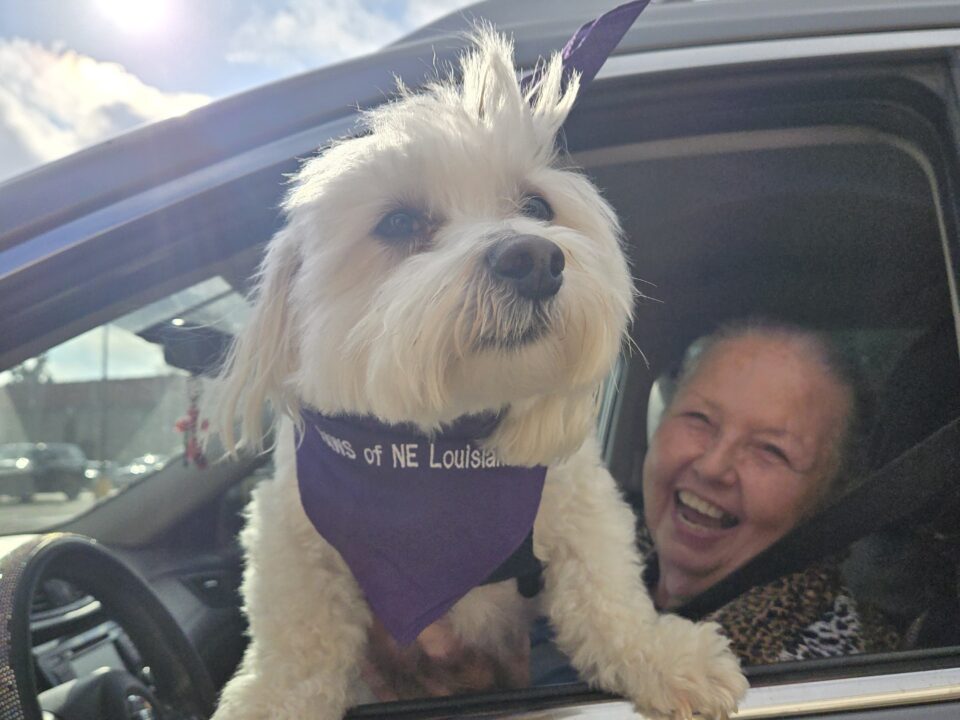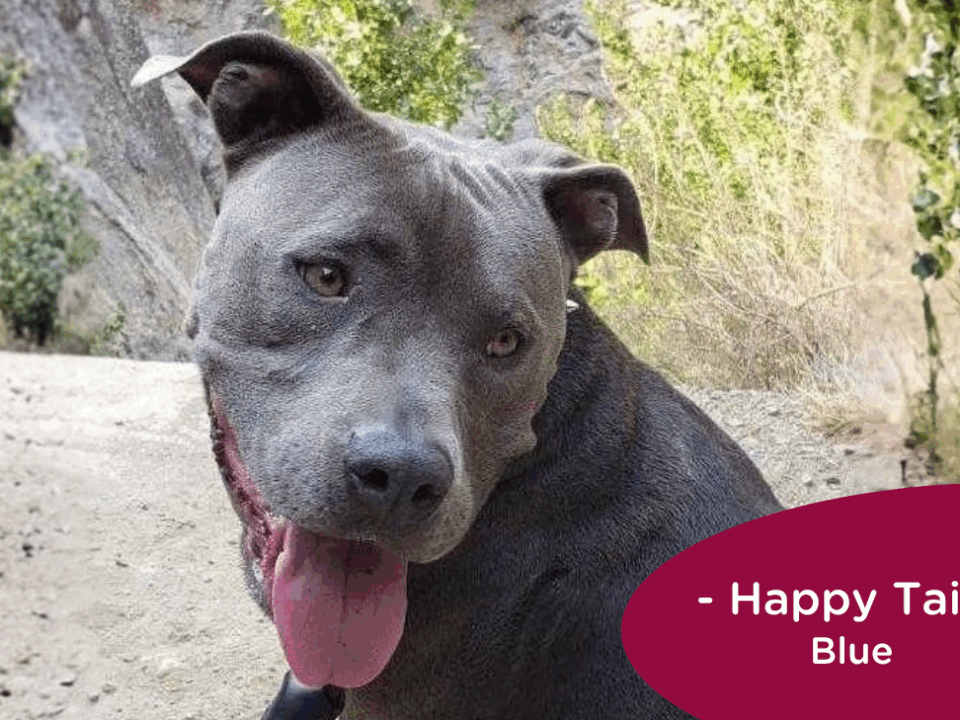The Kids are Alright: Teaching and Learning from Native Youth
February 15th, 2023
By Caty Franco, Project Manager
This January, I helped the RedRover Readers team take the next step in our partnership with the Sacramento Native American Health Center (SNAHC): Training Native teenagers at our workshop on how to implement the EAGLES Program (Early Ages Gathering to Learn Empathy through Stories). The EAGLES program is an expanded, Native-centric version of the RedRover Readers program, co-developed with the SNAHC team and American Indian Education partners.

From the get-go, the teens introduced themselves and held an air of confidence and wisdom beyond their years. We asked questions like, “Why do you think we use stories to teach kids about animals and emotions?” and they just got it. They understood the connection between stories, animals, and empathy more readily than most adult groups we’ve worked with. Like pros, they jumped into the strategies we teach, like how we ask questions in a neutral, non-judgmental way so kids feel safe and empowered to respond from their own feelings and experiences.

I shouldn’t have been surprised by these teens’ wisdom and enthusiasm, because time and time again, young people inspire me. After sharing the following quote in the workshop about the power of imagination, a remarkable discussion opened up with the high schoolers.
“We seem to have forgotten about the power of imagination. We’ve forgotten that children are motivated far more by what attracts the imagination than by what appeals to reason. We’ve forgotten that their behavior is shaped to a large extent by the dramas that play in the theaters of their minds.”
— Books That Build Character, A Guide to Teaching Your Child Moral Values Through Stories by W. Kilpatrick

Karly and I left this workshop feeling so energized, rejuvenated, and hopeful. We hope to train many more Native youth facilitators and that they will go on to read to many more children, but it only took one workshop to see how impactful this program can be. We hope this partnership can lay the groundwork for even more opportunities to connect with youth from underserved areas. We hope we can continue to find animal-themed books written by authors from underrepresented communities. And we hope we can continue to bring joy, connection, and safe spaces to kids from all around the country. The next generation of young people gives us so much hope for a kinder, more compassionate future



